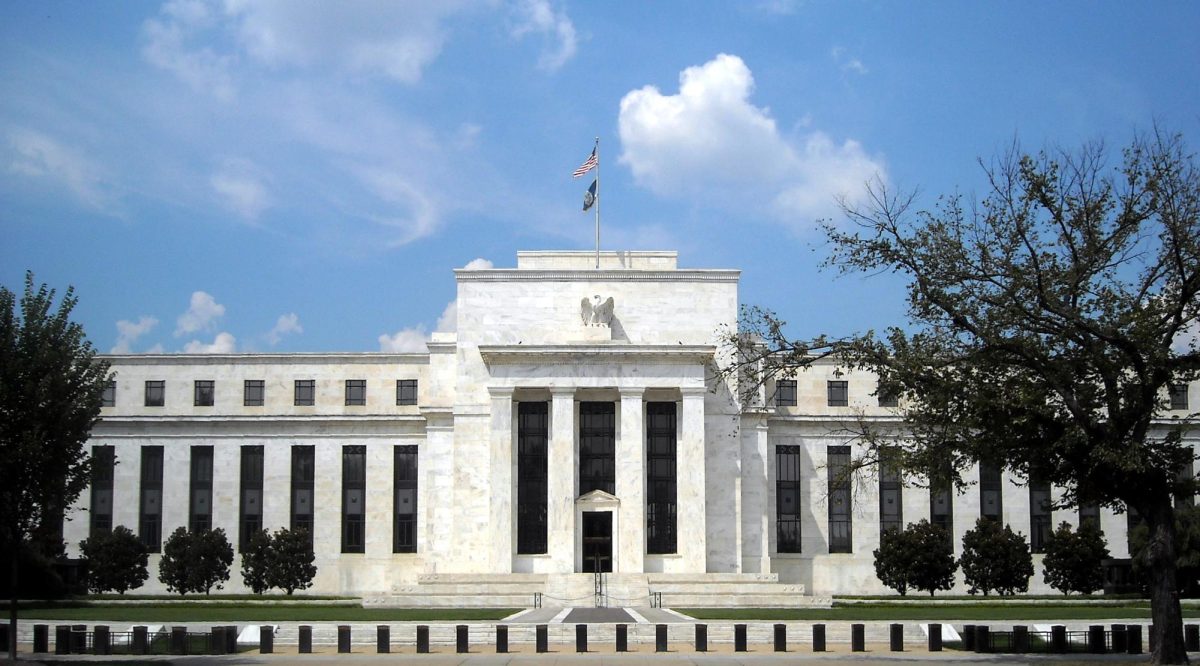2019 was expected to be a year of reckoning, putting an end to the longest bull run in history. This expectation had been supported by many signs, the most notable of which was the Federal Reserve decreasing the target range for the Federal Funds Rate three times within the year.
The Federal Funds Rate is the overnight rate at which banks lend their Federal Reserve funds to one another. Decreasing the target range stimulates the economy by making borrowing cheaper.
This was not the only action that the Fed took this year to support the economy.
As repurchase agreement, also known as repo, rates spiked to unusually high levels upwards of 8% in September, the Fed provided and continues to provide liquidity into the repo market, with their most recent injection totaling over $68 billion.
Repos are short-term loans that financial institutions use to borrow cash while simultaneously posting up collateral in case of default. Collateral usually takes on the form of U.S. Treasuries.
Therefore, the recent repo rate spikes were the result of banks having become treasury-rich and cash-poor. Because repos are so indispensable for many institutions for short-term funding needs and for the financial system as a whole, the repo liquidity crunch necessitated Fed involvement to stabilize the market and reassure investors.
Outside of the Fed’s area of purview, this year saw a yield curve inversion when the 10-year Treasury yield fell below 3-month bill yield, which is the most reliable signal of an impending recession. Tie all of the above with the uncertainty surrounding a trade war and the fact that economists pin the probability of recession at over 30% and we can begin to understand why investors are on their feet.
As a result of investor’s pessimistic outlook, there have been massive inflows into defensive stocks and sectors, such as the utilities sector which has gained over 20% year to date. For that same reason, investors have also flooded into U.S. Treasuries, perceived as the safest asset class.
Bond prices move inversely to rates. Since the demand for bonds has risen sharply, their prices have risen as well, and therefore their yields have dropped.
Over the course of the year, bond rates across the globe have fallen, so drastically in fact that over $17 trillion of global debt is trading with negative yield.
Since September, the rate on the 10-year Treasury has been creeping upwards, sitting now within the 1.8%-1.9% range, from a low of 1.4%.
This rate increase is indicative of the fact that investors are pulling out of the treasury market and parking their money elsewhere.
For the second time in 2019, equity funds are experiencing inflows relative to bond funds.
According to Bloomberg Intelligence, “more economically-sensitive sectors have seen the most demand this month.” The renewed demand for cyclical stocks is supported by bullish investor sentiment.
Refinitiv and the American Association of Individual Investors’ bullish-bear sentiment has been in the positive since mid-October.
A plausible theory is that investors holding cash or positions in low-yielding money market funds see fundamental concerns about trade and the economy improving and are on the hunt for higher returns.
They may also want in on the equities market bull run, which saw an 8% return last month. Whatever the reasons may be, we are witnessing a pivotal and slightly perplexing moment in investor behavior and asset allocation.







